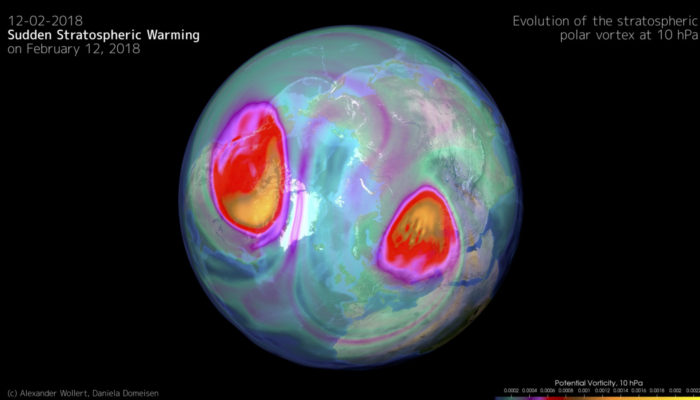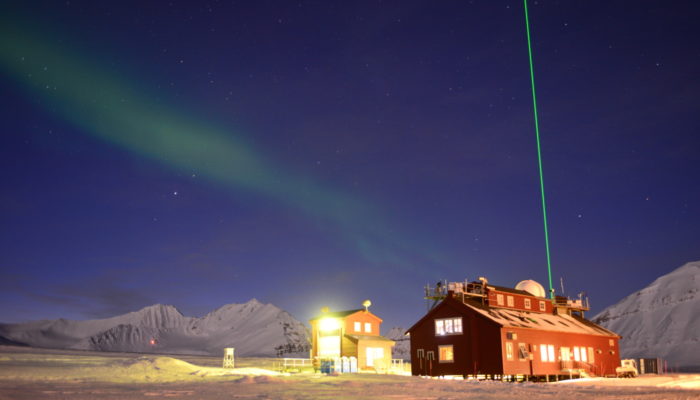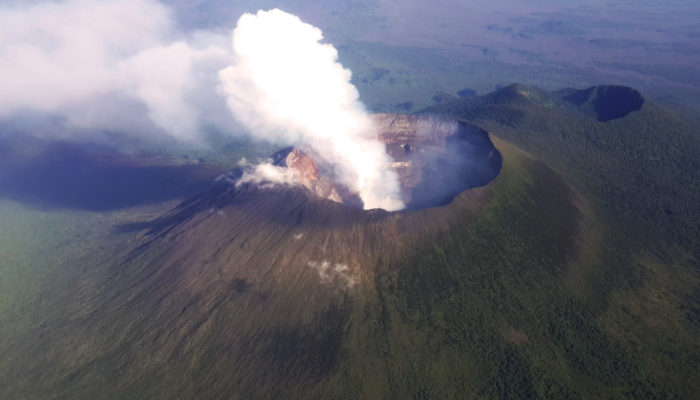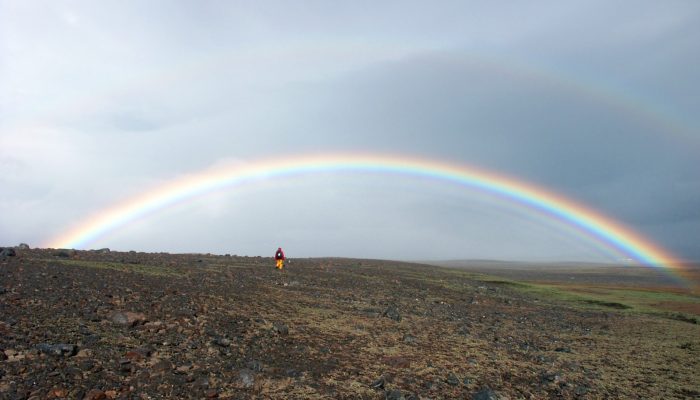The image captures an atmospheric extreme event, a so-called sudden stratospheric warming (SSW) that occurred on Feb. 12, 2018. It is visualized through potential vorticity above the North Pole at the 10hPa level (~30km) above the Earth’s surface and consists of a split of the winter polar vortex into two separate vortices that interact with each other. Although the events are not predictable more ...[Read More]
Imaggeo On Monday: The sudden stratospheric warming on February 12, 2018




